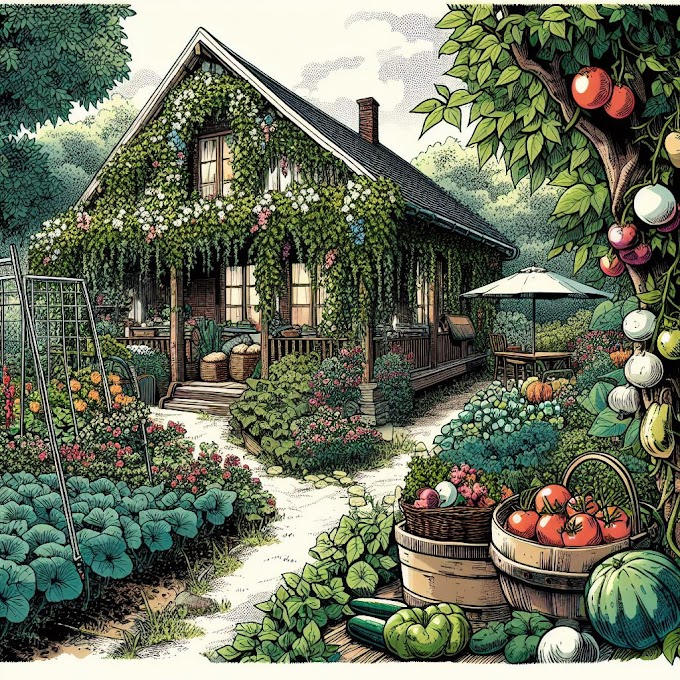
Mustard Plant: How To Grow, Uses, and Health Benefits 🌱
The mustard plant (Brassica spp.) is renowned not only for its culinary uses but also for its role in agriculture and health. Here’s a comprehensive guide to growing, using, and benefiting from this versatile plant:
1. Growing Mustard Plants 🌿
- Climate and Soil: Mustard plants thrive in cool to moderate climates. They prefer well-draining, fertile soil rich in organic matter. They can tolerate various soil types but perform best in loamy soil with a pH of 6.0-7.5.
- Planting: Sow mustard seeds directly in the garden or containers. Plant seeds 1/4 to 1/2 inch deep and 1 inch apart. Thin seedlings to 4-6 inches apart once they have several true leaves.
- Watering: Keep the soil consistently moist, especially during dry periods. Water deeply and avoid overhead watering to prevent fungal diseases.
- Sunlight: Mustard plants prefer full sun but can tolerate partial shade, especially in warmer climates.
2. Culinary Uses 🍽️
- Mustard Greens: Harvest young leaves for salads or cook them like spinach or kale. They have a peppery flavor that adds zest to dishes.
- Mustard Seeds: Harvest seeds when pods turn yellow. Use them whole, ground, or as a source of mustard oil. They add flavor to sauces, marinades, pickles, and spice blends.
3. Health Benefits 🌟
- Nutritional Value: Mustard greens are rich in vitamins A, C, K, and folate. They also provide minerals like calcium, magnesium, and potassium.
- Antioxidant Properties: Mustard seeds contain antioxidants that help combat oxidative stress and inflammation in the body.
- Digestive Aid: Consuming mustard seeds or greens can aid digestion and stimulate appetite due to their pungent flavor.
4. Other Uses and Benefits 🌿
- Cover Crop: Mustard plants are beneficial as cover crops due to their ability to suppress weeds and improve soil fertility by releasing biofumigants.
- Green Manure: Incorporate mustard plants into the soil before flowering to add organic matter and nutrients for future crops.
- Traditional Medicine: Mustard oil is used in traditional medicine for its anti-inflammatory and warming properties, often applied topically.
5. Harvesting and Storage 🌾
- Greens: Harvest mustard greens when leaves are young and tender, typically 4-6 weeks after planting. Cut outer leaves first to encourage continued growth.
- Seeds: Allow mustard pods to mature on the plant until they turn yellow or brown. Harvest pods and dry them indoors. Store seeds in a cool, dry place for up to one year.
🌱
Growing mustard plants not only enhances your culinary adventures but also offers nutritional benefits and agricultural advantages.
Whether you're enjoying mustard greens in a salad or using seeds to spice up your favorite dishes, this plant provides versatility and health benefits in every part.
Consider adding mustard plants to your garden for a flavorful and beneficial addition to your gardening repertoire.
Enjoy the journey of growing and utilizing mustard plants in your garden and kitchen! 🌿













.jpg)










